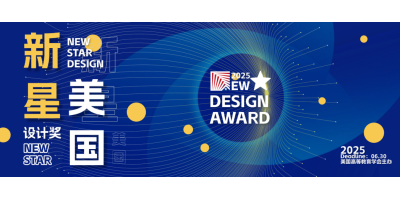
重新设计一个图标改变认知
2018-07-23 2152 0
有些图标是如此的普通,以至于我们在它们改变之前都不会再去想它们了。其中一个正在翻新的形象是“国际通行标志”,通常被称为“轮椅符号”。问题是,尤其是对于它所代表的人来说,它把轮椅使用者描绘成被动和不主动的——最初的版本甚至把轮椅使用者描绘成无头的。解决这一问题的是“可达图标项目”,该项目旨在通过重新设计经典图标来帮助人们改变对轮椅使用者的认知,而不是把注意力放在残疾人身上。图标的每个元素都经过仔细的判断,以确保新的符号不带有前一个图标的负面含义。当然,新设计与上世纪60年代的残疾人观念不太一致,后者是最初的产物。这个项目鼓励基层群众努力用新的有远见的符号来取代旧的标志。
 5
5
评论区(0)
正在加载评论...
相关推荐
-
 设计欣赏
设计欣赏
看不见和酒店今晚团队创建一个概念性
2025-02-26 1864 -
 行业资讯
行业资讯
2025美国新星设计奖开启全球征稿
2025-02-24 1849 -
 设计欣赏
设计欣赏
设计创新:大理石的外观具有瓷砖的耐
2025-02-19 1845 -
 设计欣赏
设计欣赏
设计区的新展示室的计划
2025-02-26 1841 -
 设计欣赏
设计欣赏
重新设计阁楼
2025-02-28 1834 -
 设计欣赏
设计欣赏
设计艺术客房
2025-02-28 1771 -
 设计欣赏
设计欣赏
公寓设计
2025-02-18 1698 -
 设计欣赏
设计欣赏
一个明亮的公寓设计
2025-02-28 1683
